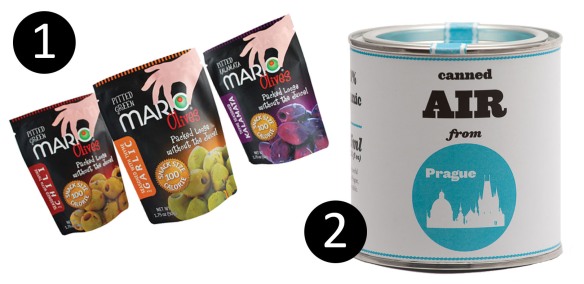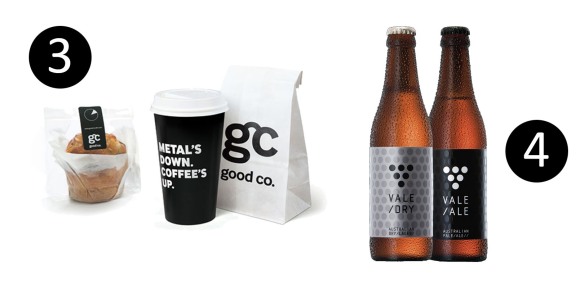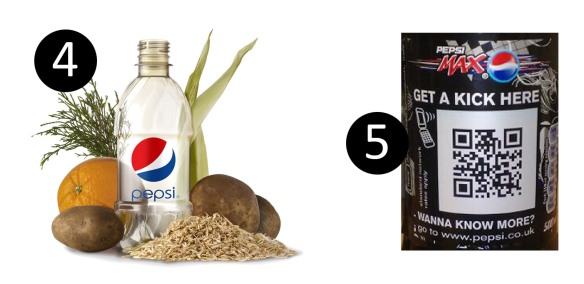Contributed by Ted Hagler
 It’s 5am and the alarm goes off. Today is the big day! Not the day we put our “large sheet” digital press on the floor, no, today is the day we take one of our “large 40 inch security blankets” off the floor. Today a crew is coming to Fetter to remove a litho press we bought over twenty years ago.
It’s 5am and the alarm goes off. Today is the big day! Not the day we put our “large sheet” digital press on the floor, no, today is the day we take one of our “large 40 inch security blankets” off the floor. Today a crew is coming to Fetter to remove a litho press we bought over twenty years ago.
Why the change? It’s about time.
In this new world of complexity, high quality and mass customization, this well-built, carefully engineered, lithographic press has become obsolete due to time; the time it takes to set up one job.
In this world, job quantities are reducing and job diversity is proliferating. Fetter recognizes the need to change jobs quickly and often. In the time it takes to set up a job on the old 40 inch litho press, we could have the job complete on the new digital press. Because time is typically money in the press room, the time we save with digital translates into lower waste and increased yield.
Arrival time.
For Fetter this transition process started over two years ago with an exploratory investigation into the needs of our label customers, moved into the building of one of the most comprehensive cost-analyzing databases and culminated into the testing of four very different digital presses and three of the latest sheet-fed lithographic presses. It involved labor changes, space consideration, process change and customer cooperation.
Time for change.
From a business operations standpoint we were able to quickly adapt many of the same quality requirements, productivity goals and job specifications from our current system. This was a plus considering the additional time and cost it could have taken to change numerous practices and measurements at the same time we were asking so many employees to learn a new technology. Another benefit was our ability to support this digital press with all the same finishing equipment we already had – and that our customers were comfortable with this tactic. The finishing connection is significant because some digital presses force you to have different finishing equipment and processes, when coupled with the change in printing, creates additional stress in the plant and with our customers.
Remember, it’s all about time!
We are in the beginning of our second month of experiencing the dynamic capabilities of our new NexPress and the positive impact it is having on our plant. Time will tell, but all indications point to exceeding our time efficiency expectations while delivering the product our customers need to succeed.
How is digital print changing the delivery of your products?




